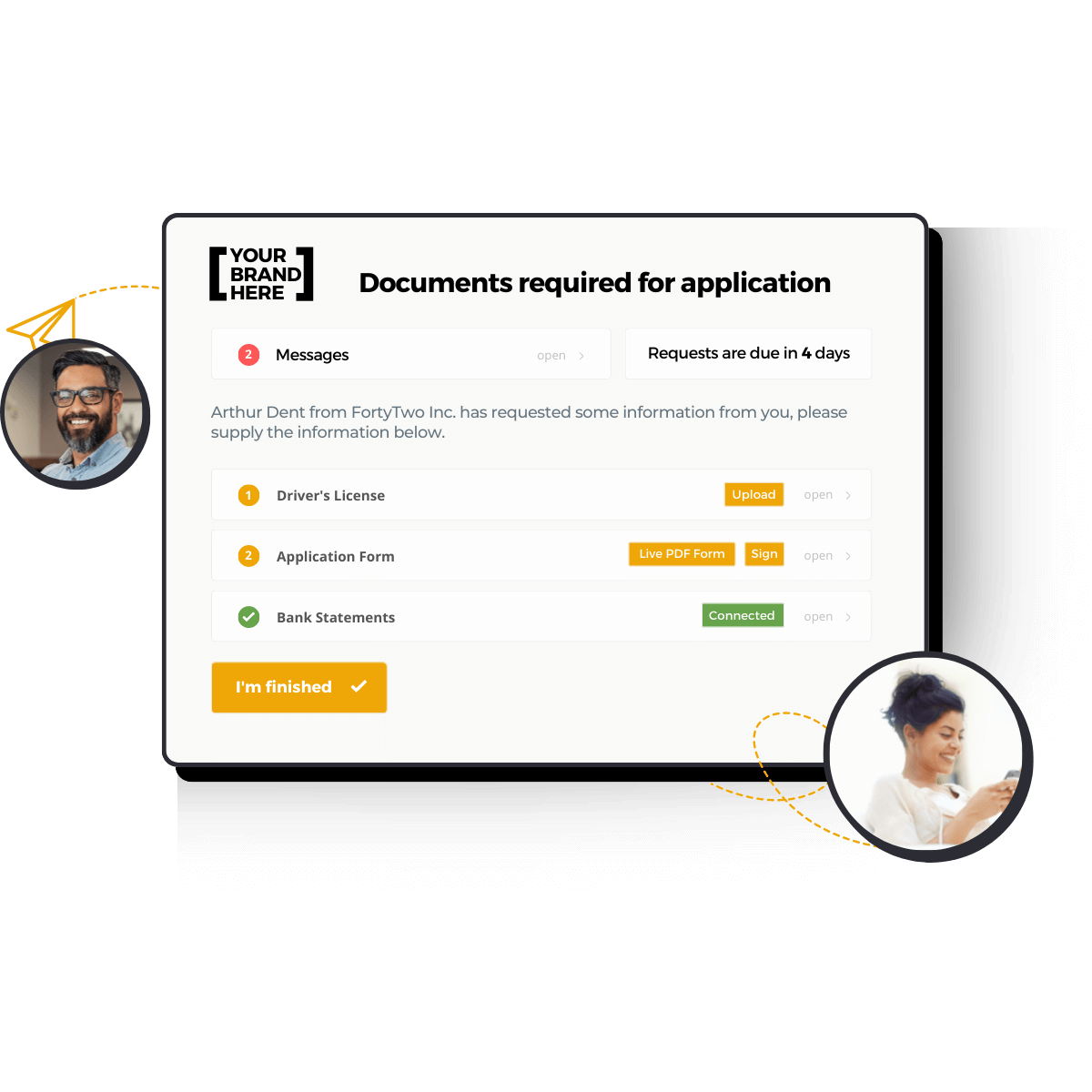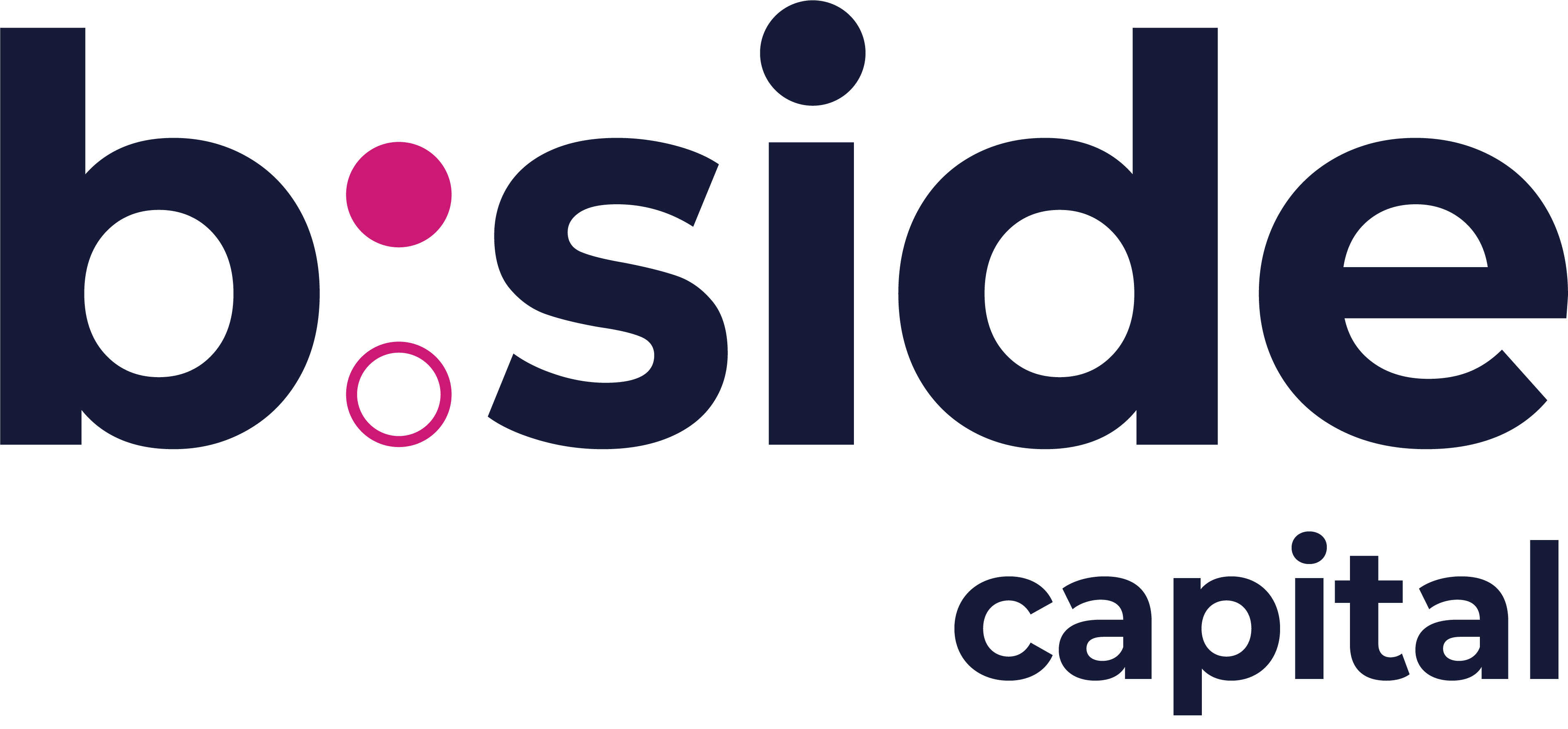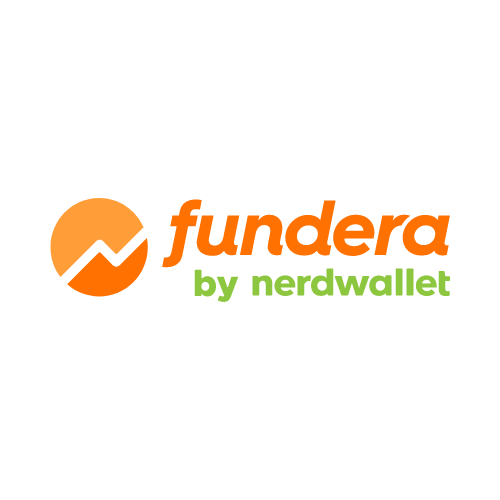Accelerate your document collection and unlock revenue faster
FileInvite's document collection software accelerates your data and document collection process, getting information back up to 80% faster than email.
Our secure document portal allows your borrowers to easily upload their documents, signatures, files and data from any device - and allows you to communicate with them directly from the app.
Our popular admin dashboard allows you to easily communicate and collaborate - both with internal colleagues and required third parties.
With out-of-the-box integrations and an API-first solution, FileInvite can meet your organization wherever you're at - no matter your tech stack or your workflows.
![]()

![]()
![]()

"FileInvite has delivered massive efficiency gains for us. It’s [given us] huge time savings, that we never would have been able to achieve without it."

It's time we retire email as the document collection standard
If your team is still using email to collect important files and documents, we're not here to judge. But we would like to remind you that you can do so much better than email.
Emails are messy: In fact, 46% of employees struggle to find the documents they need within their inbox. Just think of your clients' frustrations when they'll have to send their documents over to you again.Emails aren't efficient: 50% of workers' time is spent creating and preparing documents for email. Just think how much staff time you waste on every new client.
Emails aren't secure: 91% of cyber attacks start with email. So why put yourselves, and your clients, at risk?
Trusted by thousands of customers - and some of the nation's top SBA Lenders for their file, signature and document collection


.png)



Stop chasing your clients, prospects and staff for documents
Regardless of the type of documents you need, and who you need them from (maybe you require bank statements from a new hire, a signed document from your new client, or proof of address from a prospect), the process of collecting documents doesn't need to be so painful.
In fact, document collection doesn't need to be painful at all.
With FileInvite you can use your document collection process to your advantage:
- Providing a positive client experience from the get-go.
- Giving your staff hours of time back each week.
- Shortening your overall sales cycle and improving sales velocity.
"Turnaround times for loan documentation dropped from 42 to 15 days and we were able to roll out the system to the entire team in no time."

"An old-school bulleted email doesn’t make a good first impression. But, when you have cool technology that works so well, people inherently trust you more."
“Going through about 15 companies, I narrowed it down to FileInvite and a few others but FileInvite was the only one that was so simple and easy to use.”
“Sometimes there is an opportunity to work smarter rather than harder.”
Delight your clients with the FileInvite experience
What Is Automated Document Collection?
Document collection is all about using digital tools to help manage client documents. These solutions are designed to streamline the collection of supporting documents, reduce handling errors, keep your data safe and compliant, and improve your overall productivity. Additionally, recent surveys show that 50% of enterprises have >$1 million cost savings from automation.
Around the office, it seems that we all want to get more done, in less time. Wasting time trying to find, share and secure important documents as they fly around between you, your staff and clients is the last thing you need. Not to mention there’s the risk of a sensitive document accidentally ending up in the wrong hands. You’ll have heard about file sharing solutions like Dropbox.
But modern file-sharing tools have evolved beyond what these common solutions offer, with more sophisticated, secure features for businesses who want to protect their brand and credibility, as well as gain more day-to-day efficiencies.
On this page we cover all you need to know about automated document collection tools, and what to look for to suit your specific needs.
What Is Document Collection Software?
Document collection software refers to online platforms used to electronically gather necessary documentation from client users. Though it has applications in a variety of industries, document collection software has become common in banking and financial services, where clients are required to submit large portfolios of sensitive documentation. In fact, 60% of financial services firms have embedded AI+RPA in their operations.
For example, in loan application processes, lenders who offer clients online portals to securely provide information eliminate the hassles and time lost to submitting hard copies or separate email attachments.
The kinds of documentation collected by such systems will vary widely by industry and use case. In the case of financial institutions, submitting digital loan applications is an example of a document collection. A fully featured collection platform would also extend to clients the ability to digitally submit all the accompanying personal documents necessary to complete the application, streamlining the process and allowing clients more direct control.
Document Collection Software and Email: The End User Perspective
Like all business solutions based on new technology, document collection software delivers the most where it connects with the perspective and experience of the end user. For example, in comparison with the digital exchange of documentation via email, document collection platforms may seem at first glance like an aesthetic rearrangement of the same technological capabilities – users transmitting digital assets remotely.
More than half of the world’s population already uses email and for white-collar office workers, email continues to be the primary preferred channel of collaboration for 92% of users. Nevertheless, this is a case where it is easy to mistake convenience – using a technology everyone is already familiar with – for efficiency. Using email for document collection leaves users at both ends – clients and those handling their cases – saddled with the burden of remembering every document and every deadline, a scenario in which dead time accumulates and mistakes get made.
Where sensitive data is concerned as it is in loan applications, student applications, and human resource onboarding documentation, the use of email also exposes clients to risks they may not understand. In the shift to remote work, the use of email as a collection and collaboration tool has expanded. At the same time, 93% of respondent organizations report having experienced an email data breach in the last 12 months. Additionally, few organizations have the in-house IT resources to prevent further breaches going forward.
What Should a Document Collection Software Do?
Reduce inbox clutter
Automated document collection is one of the easiest ways to reduce a cluttered inbox since it avoids the drip feed of multiple emails with different attachments and hours of sifting through to see if you need to chase for a missing document or request an update. Using a tool like FileInvite means email attachments are stored into a separate file, which means no more hunting for missing attachments.
Manage requests for documents
If your business depends on clients sending you documents, for example to support loan applications, you’ll know how frustrating it can be to make sure everything gets sent in on time, in the right format. Document collection systems make these processes easier, by providing clear instructions and timely reminders about what needs to be provided, and when.
Improve file structure and organization
A significant amount of an employee’s time can be wasted hunting for documents that have been poorly labelled or misfiled. In fact, 83% of employees recreate missing documents. Document collection systems ensure files get saved the right way, each and every time. They can bulk rename PDF files and even convert other files into PDFs - for example, a photo - and then rename and save according to an agreed set of rules.
Approve client documents faster
Document collection software can improve workflows and processes by providing businesses with customizable forms, templates, and checklists that ensure the collection of all necessary client documents. Moreover, document collection software can track and analyze data related to document collection and approval, allowing businesses to identify bottlenecks and optimize their processes for faster approval times.
Which Roles Can Benefit from Document Collection Tools?
Document collection helps everyone in your business. Shifting to a document collection system is worth considering whether you’re in charge of managing the documents, you’re trying to make more sales, or you’re ultimately answerable for all the work that gets done by your team.
Just check out how these everyday roles are impacted by document collection:
How document collection helps: Admins & Operations
Managing documents from end-to-end can be hard work for an administrator – especially when there are lots of people involved in drafting, reviewing and getting them signed off. If you’re working with paper copies, you get the thrilling job of scanning, printing and deciphering handwritten scribbles. If corrections get overlooked, or someone doesn’t have their say in time, that can be a nightmare. Paperless onboarding just feels like a pipe dream.
Document collection systems allow you to set up a review process from the start and specify who needs to provide or review a document and when. You don’t need to make notes to yourself to remind people to do tasks by certain dates - the system takes care of that for you.
That means you know exactly where things are at in the process whenever you’re asked, and you can be sure that things are done on schedule, without needing to do any chasing yourself.
How document collection helps: Salespeople
Managing documents from end-to-end can be hard work – especially when there are lots of people involved in drafting, reviewing and getting them signed off. If you’re working with paper copies, you get the thrilling job of scanning, printing and deciphering handwritten scribbles. If corrections get overlooked, or someone doesn’t have their say in time, that can be a major problem.
Document collection systems allow sales professionals to set up a review process from the start and specify who needs to provide or review a document and when. You don’t need to make notes to yourself to remind people to do tasks by certain dates - the system takes care of that for you.
That means you know exactly where things are at in the process whenever you’re asked, and you can be sure that things are done on schedule, without needing to do any chasing yourself.
How document collection helps: Business owners
You might not be in charge of chasing documents yourself, but you do need to know your staff are spending their time on things that will move your business forward, rather than getting bogged down with basic admin.
As well as the time saved and the hassle avoided, a document collection system reduces the chance for errors to creep in due to poor version control. Because documents are stored in one place and updated with changes in real time, there is no chance of people commenting on old versions, having email attachments go missing, or private data being sent to the wrong person.
That’s particularly important if you’re a business owner, since there are major consequences if your business doesn’t comply with regulations like the GDPR. Automating processes like document collection removes the chance for human error.
Accelerate Your Document Collection with These Resources

Document Collection Software: 4 Must Have Features and Capabilities
While organizational needs will vary by use case, there are four non-negotiable features any reputable document collection software must offer: Bank-grade security, the ability to go paperless, easy-to-use statuses, and being able to integrate with your existing tech stack.

Document Collection for Commercial Lenders: Which Tools Most Improve the Experience?
Document collection tools can do more than just collect documents and data - commercial lenders can use them to actually improve their loan processes. Some of these tools may be more accessible than you might think.